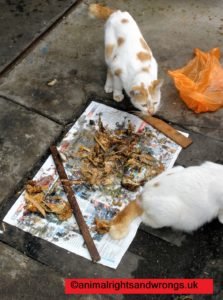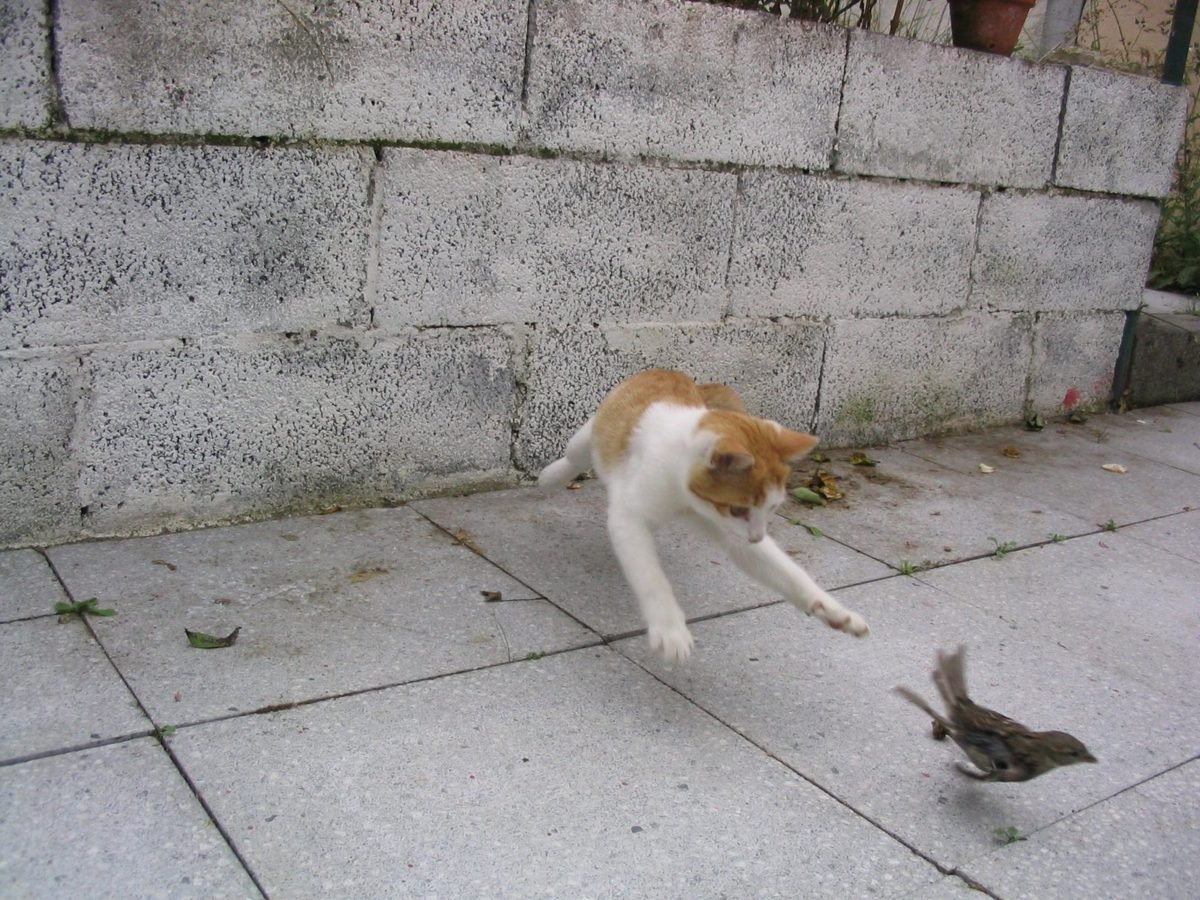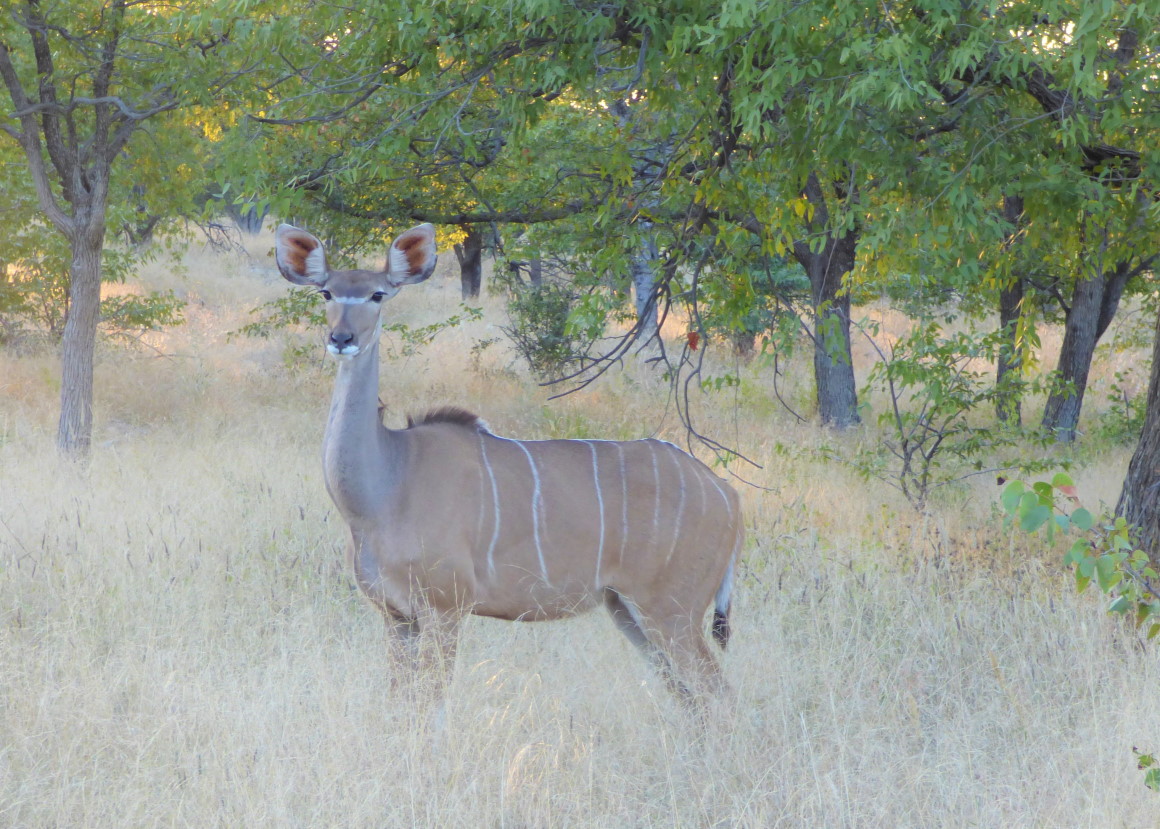Everyone loves cats, right? That’s why they are arguably the most popular pet in the world. Wrong. For every person that likes cats at least another hates them, particularly feral cats. Not just individuals, but governments, institutions, conservation organisations, scientists and even some animal charities. How can this be?’
“now they’ve been exposed as the instigators of a backyard holocaust far worse than ever suspected”.
Their crime? Pursuing their natural instincts and behaviours as predators. Bird and small mammal enthusiasts are appalled that they chase, play and eat birds and small mammals feeling they are sadistic. The media do not help the cats’ PR by ludicrous comments such as “now they’ve been exposed as the instigators of a backyard holocaust far worse than ever suspected”.

Inexplicably everyone appears to ignore the fact that they are predators and no matter how you try you cannot take the killer instinct out of a predator. In fact it is unfair to do so, or even chide them for following their natural instincts.
“stop pussyfooting around and fry the ferals”
Feral cats bear the brunt of this fixation. Estimates of how many cats inhabit the globe put the figure at around 600 million, but realistically it is impossible to know how many live wild and the amount of damage they do. Most feral cats live alongside us, but stay disassociated from us, preferring to scavenge and hunt and this is why they are viewed as pests.
In New Zealand, Gareth Morgan, a businessman and philanthropist, began a “Cats to Go” campaign aimed at eradicating all cats from the country as they were destroying native animals. The campaign accused the local NZSPCA of not getting real and he stated that the country should “stop pussyfooting around and fry the ferals”.
The Australian branch of the Cats to Go campaign reckon they are far ahead of their New Zealand counterparts, “who lack spine in dealing with wandering cats, by compulsory microchipping, fines and legislated areas which prohibit cats being outdoors” instead of killing them.
Two million cats to be eradicated in Australia by 2020
Australia has a feral cat population of between 20-30 million and the Government announced that 2 million were to be eradicated by the year 2020 to save native wildlife, which obviously upset cat lovers the world over. They are blamed for killing 75 million native animals and have allegedly driven at least 27 mammal species to extinction.

Gregory Andrews, the threatened species commissioner for the Department of the Environment stated: “We don’t hate cats. We just can’t tolerate the damage that they’re doing to our wildlife”. All kinds of methods including poisoning are used to exterminate them and they have been eradicated from over 50 islands and large areas of the Australian and New Zealand mainland.
In the USA, the Smithsonian Conservation Biology Institute accuses cats of killing 1.4 to 3.7 billion birds and 6.9 to 20.7 billion mammals each year.
The UK Mammal Society believe 275 million animals are killed by cats annually in the UK, including 55 million birds and 80 million mice. They have even been implicated in the death of 230,000 bats. Bizarrely the top three birds allegedly killed by cats are house sparrows, blackbirds and starlings which we look upon as pest species anyway in the UK and slaughter in their millions. The whole debate then becomes rather meaningless.
Surprisingly, the RSPB, the UK’s leading bird conservation organisation, have supported the cat in the past pointing out that:
“there is no clear scientific evidence that such mortality is causing bird populations to decline. This may be surprising, but many millions of birds die naturally every year, mainly through starvation, disease or other forms of predation. There is evidence that cats tend to take weak or sickly birds”. RSPB
But most authorities believe extermination is the answer and decry any other initiative such as trapping, neutering and releasing as it is not viewed as cost-effective and doesn’t decrease numbers because you need to neuter all of them and not allow any to be abandoned.
Feral cats face unpleasant and agonising deaths through poisoning and trapping.
They reckon neutering and releasing only maintains large cat colonies which still cause havoc in nearby sensitive wildlife areas. They may not be able to breed, but they can still eat is the stance that the exterminator lobby take.
Feral cats face unpleasant and agonising deaths through poisoning and trapping in many countries through no fault of their own because of the historic legacy of our insistence on introducing them into sensitive areas such as islands as pest controllers and then as pets and in recent times allowing them to breed out of control.
The lines are drawn between those who want to kill all the ‘nuisance’ feral and stray cats and those who wish to neuter and release them and it is pretty obvious which side will prevail. This is particularly so in countries like Australia, New Zealand and islands who have vulnerable rare native species of birds, mammals and reptiles.


